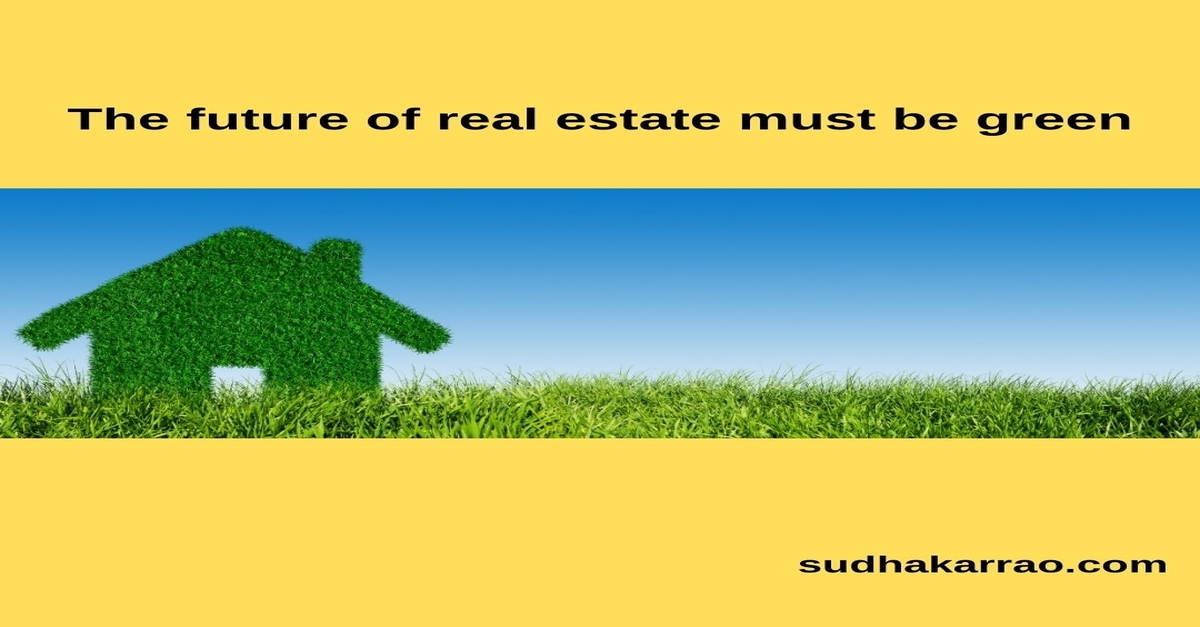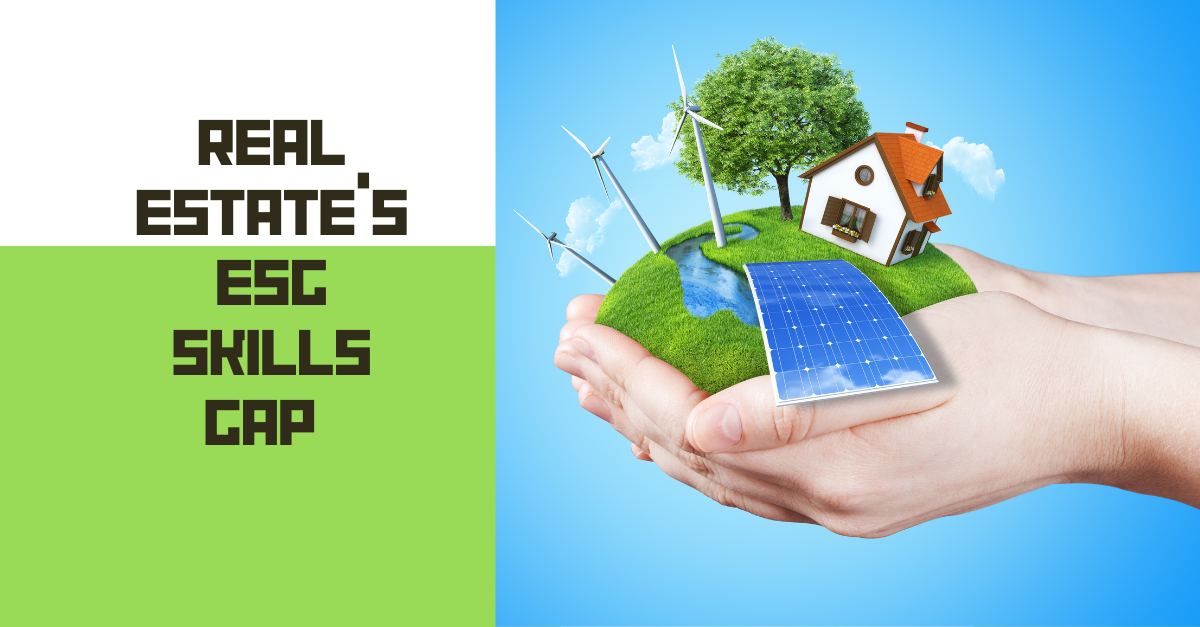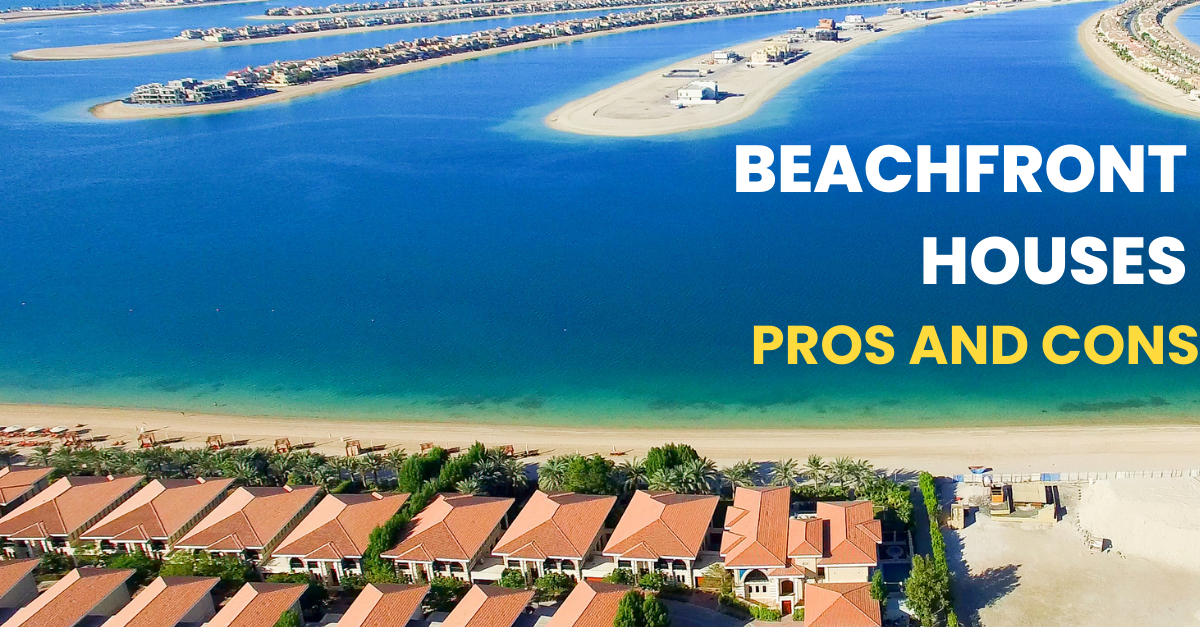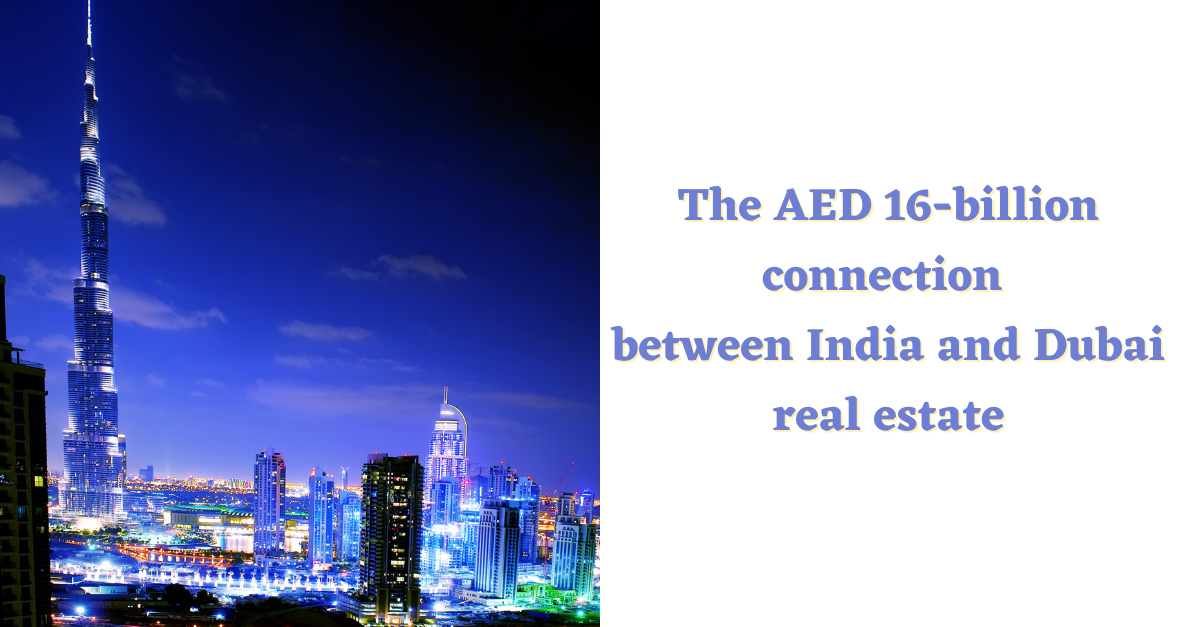COP26: The future of real estate must be green
Addressing the dignitaries gathered at the COP26 summit, the UK Prime Minister Boris Johnson had this to say: “It’s one minute to midnight on the doomsday clock, and we need to act now.”(1) The doomsday in question here is the consequences we are about to face as the world nears a point of no return on climate change. In fact, vulnerable nations and communities are already waking up to anomalous events that are unlike any other in recorded history. So, currently, there is a growing consensus on the need for tangible climate actions.
This begs the question: What needs to be done and where? According to experts, climate actions are required across sectors, but there are areas that need greater emphasis. The real estate and construction sectors, with their combined usage of nearly 40% of global energy and release of equivalent emissions, feature high up the priority list. So, real estate stakeholders across the value chain have a collective obligation to align with larger sustainability goals and green energy transition.
Sustainability in the Middle East real estate
When predominantly oil-centric countries in the region stepped up their economic diversification agenda, one of the first sectors that showed promise was real estate. So, investments followed, architectural marvels came about and, in the due course, an industry was shaped. At the time, however, sustainability was secondary to economic growth; Today, with changed priorities, regional economies are not seeing one without the other.
The UAE’s Energy Strategy 2050 and the Saudi Green Initiative were among the first decisive steps, culminating in the net-zero pledges in the run up to COP26. Considering Middle East’s construction sector is relatively new compared to other regions, the stakeholders find themselves well-positioned for sustainable transformation. Across the value chain, from proptech innovators to construction material suppliers, sustainable practices are being piloted and adopted. Such efforts are noteworthy taking into account the industry’s considerable embodied carbon footprint.
Awareness of multi-fold value in green real estate
While the initial sustainability drive was largely policy-driven, the narrative has shifted following the pandemic outbreak. There is a quantifiable increase in the awareness of climate actions. And this newfound awareness is shedding light on the multi-fold value that climate actions and sustainability initiatives can unlock.
Greenery in the built environment goes beyond the aesthetics; it’s linked to carbon capture, wellness, and high financial returns. And end-users and the corporates are buying into these value propositions and making necessary adjustments. This complements top-down undertaking by policymakers, who can now mandate greater compliance with regulations and targets.
Decarbonizing existing infrastructure
From Burj Khalifa’s condensation harvesting systems to Bahrain World Trade Centre’s integrated wind turbines, there are multiple examples of smart construction in the Middle East. The UAE now has 869 buildings, which make up the 14th largest national concentration in the world. With 140 green-rated buildings, Qatar is ranked 32nd, while Saudi Arabia is ranked 54th with 38 such structures(2).
A vast majority here are new, state-of-the-art buildings with energy-efficient systems. The rest are buildings that have been decarbonized through retrofitting and electrification of fossil fuel-based systems like central boilers. Going forward, such remedial actions will become commonplace as regulators come cracking down on energy-guzzling legacy infrastructure. And end-users, too, will be more inclined towards buildings that are compliant with regulations. In fact, several surveys have established that people are willing to pay more for sustainability-oriented projects. So, decarbonization essentially assumes a business imperative for owners and developers.
In light of the UAE winning the bid to host COP28 in 2023, regional real estate stakeholders have an added incentive to promote sustainability and green energy transition. And thanks to the timely emergence of proptech, environmentally responsible construction practices and consensus across the value chain, a sustainable transformation in the industry is not a tall order.




